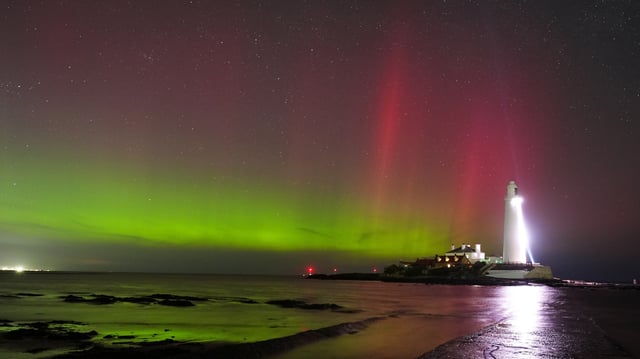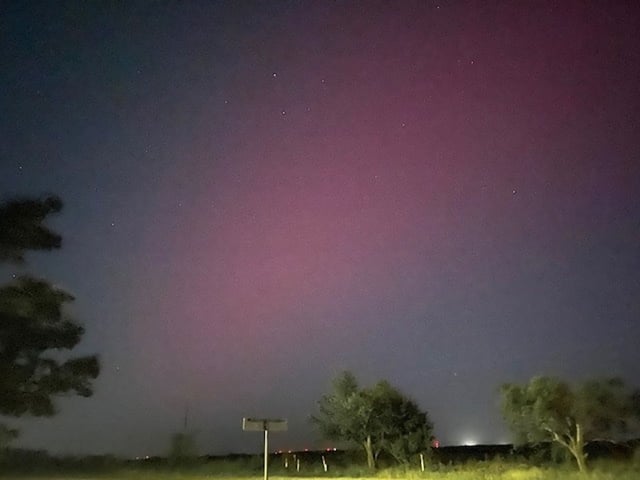Overview
- NOAA’s Space Weather Prediction Center upgraded the event to a G4 (severe) geomagnetic storm on June 1 after a powerful CME from May 30 struck Earth’s magnetic field.
- Observers in states including Michigan, Washington, Ohio and Pennsylvania reported aurora sightings on June 1, with faint glows also noted as far south as Alabama and Northern California.
- Skywatchers are advised to look north between 10 p.m. and 2 a.m. local time under clear, dark skies away from city lights—and to factor in potential haze from Canadian wildfire smoke.
- While G4 storms can disrupt power grids, high-frequency communications and GPS, most utilities and satellite operators have activated safeguards to minimize outages.
- Forecast models predict the storm will weaken to G3 and G2 levels by June 2, extending aurora viewing into Monday night despite diminishing intensity.



